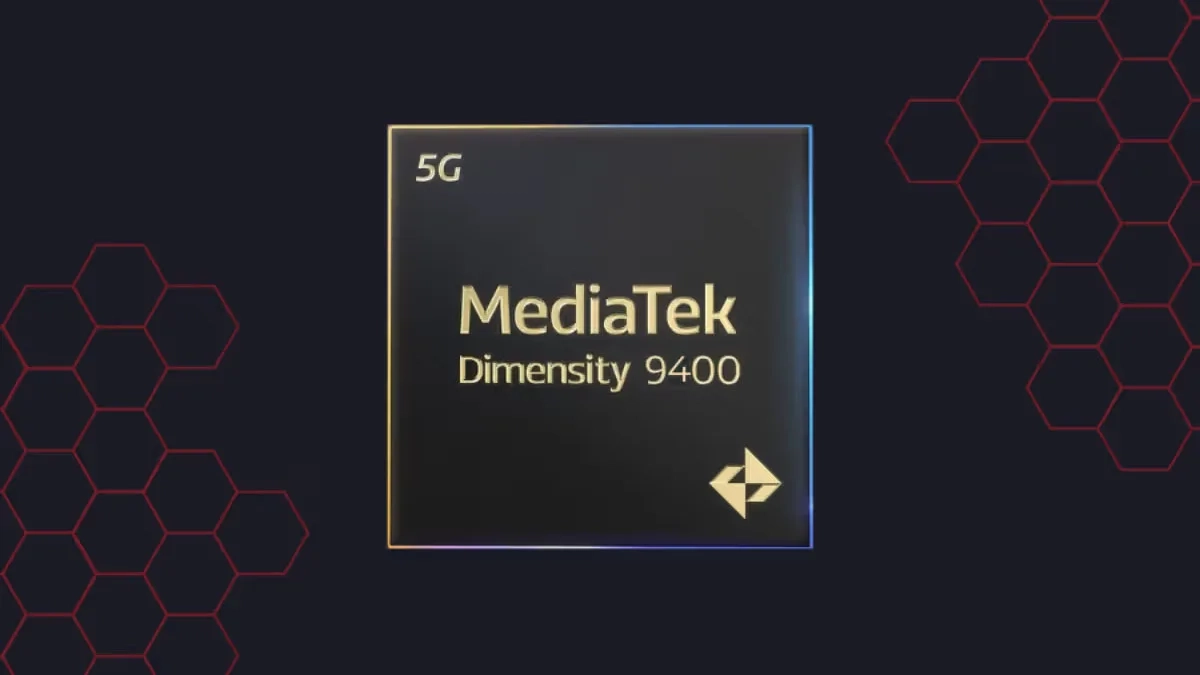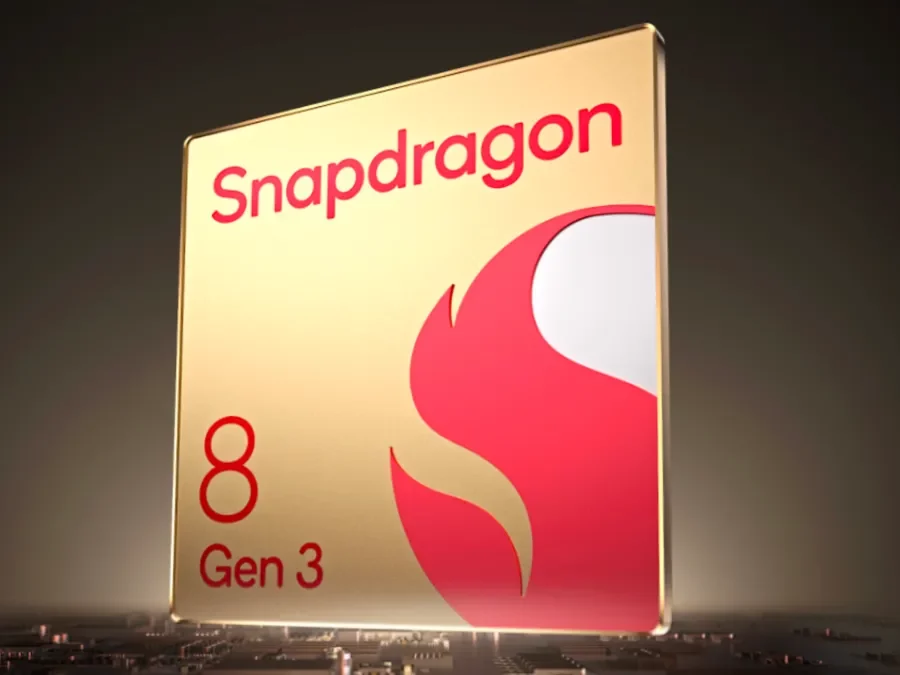5 Chipsets Similar to Snapdragon 8 Elite
Forget Snapdragon 8 Gen 4 because there has never been a SoC (System on a Chip) with that name. Instead of continuing the naming format used since Snapdragon 8 Gen 1 was launched, Qualcomm has changed its SoC naming system.
The change is shown by the release of the Snapdragon 8 Elite. It is Qualcomm’s flagship mobile SoC for late 2024 and early 2025 flagship phones. Qualcomm did not explain why it decided not to use the Snapdragon 8 Gen 4 name.
Some sources say Snapdragon 8 Elite was chosen to highlight the big changes in the SoC. The name ‘Elite’ also matches Qualcomm’s SoC for laptops and PCs, the Snapdragon X Elite.
So, what major changes does Qualcomm bring? One of them is the Oryon microarchitecture that replaces Kryo. Qualcomm uses the second-generation Oryon CPU with a total of eight cores.
The first two cores are called Oryon V2 Phoenix L and run at a clock speed of 4.32 GHz. The next six cores are Oryon V2 Phoenix M and run at 3.53 GHz. I will explain more about Oryon in the next point.
The Oryon CPU is supported by several components such as the Adreno 830 GPU (1.1 GHz), Spectra ISP that supports cameras up to 320 MP, Hexagon NPU, and Snapdragon X80 5G modem. All components are made using TSMC’s 3 nm process.
The Snapdragon 8 Elite supports LPDDR5X RAM and UFS 4.0 internal storage. It also supports 5G (Sub6, mmWave), WiFi 7, and Bluetooth 6.0.
Qualcomm promises a 45 percent increase in CPU power with a 44 percent improvement in efficiency. In the GPU area, both performance and efficiency increase by 40 percent. Its ray tracing performance improves by 35 percent with Unreal Engine 5.3 and Nanite technology. The SoC is also 45 percent better at handling AI tasks than its predecessor.
The closest rival to the Snapdragon 8 Elite is MediaTek’s Dimensity 9400. It is seen as the main competitor. However, there are still other SoCs that perform close to both. Let’s take a look at them below.
1. Dimensity 9400

MediaTek released the Dimensity 9400 in October 2024. This SoC continues the legacy of the Dimensity 9300, which had no efficiency cores. The CPU in the Dimensity 9400 has eight cores.
They are made up of one Cortex X925 core (3.62 GHz), three Cortex X4 cores (3.3 GHz), and four Cortex A720 cores (2.4 GHz). The newest core is the Cortex X925. With this new core, MediaTek claims the Dimensity 9400 has 35 percent better single-core performance.
Its multi-core performance also improves by 28 percent. Even though it has no efficiency core, the Dimensity 9400 is 40 percent more efficient overall than its predecessor.
Other components in the Dimensity 9400 include the Immortalis-G925 MC12 GPU, MediaTek NPU 890 AI processor, and Imagiq 1090 ISP. All of these are built with TSMC’s 3 nm process.
According to GSM Arena, the OPPO Find X8 Pro with the Dimensity 9400 reached an AnTuTu v10 score of 2,701,287. The score is slightly higher than the Xiaomi 15 Pro with the Snapdragon 8 Elite SoC (2,562,641), based on Gizmochina’s report.
In other tests, the OPPO Find X8 Pro got a single-core score of 2,917 and a multi-core score of 8,819 on Geekbench 6. Its graphics score on 3DMark Wild Life Extreme (2160p) was 6,479.
When under heavy load, the OPPO Find X8 Pro was able to keep 60 percent of its peak performance in the 60-minute CPU Throttling test. On 3DMark Wild Life Extreme, its GPU performance stability was 58.4 percent.
2. Apple A18 Pro

Apple introduced the A18 Pro SoC as the brain of the iPhone 16 Pro and iPhone 16 Pro Max. This SoC has six CPU cores, six GPU cores, and 16 NPU (Neural Engine) cores. There are also some other components that Apple did not clearly explain.
For the CPU, Apple used two performance cores with a clock speed of 4.05 GHz and four efficiency cores with a clock speed of 2.42 GHz. All parts in the A18 Pro are made using TSMC’s 3 nm process.
Apple says the A18 Pro’s CPU power is up 15 percent compared to the A17 Pro, while its power use is down 20 percent. For the GPU, performance increased by 20 percent, and ray tracing speed doubled.
Updating the SoC’s microarchitecture and increasing the clock speed were the main reasons for the A18 Pro’s better performance and efficiency. The SoC also got an upgrade in memory bandwidth and cache size.
According to GSM Arena, the Apple A18 Pro used in the iPhone 16 Pro Max reached an AnTuTu v10 score of 1,838,828. I include the AnTuTu score only as a reference because it is not suitable for comparing Android and Apple devices.
The Geekbench score is a better way to see CPU performance. In the Geekbench 6 test, the A18 Pro got a single-core score of 3,490 and a multi-core score of 8,606. The realme GT7 Pro with Snapdragon 8 Elite scored 3,127 for single-core and 9,509 for multi-core.
This means the Apple A18 Pro is slightly better in single-core but lower in multi-core. In the Wild Life Extreme (2160p) GPU test, it scored 4,731 points.
In the CPU endurance test on the APSI Bench app, the A18 Pro dropped to 77.55 percent of its peak performance. Meanwhile, its GPU performance stability was 91.5 percent in the 3DMark Wild Life Stress Test.
3. Apple A18

The Apple A18 was released at the same time as the Apple A18 Pro. It powers the non-Pro models in the iPhone 16 Series, the iPhone 16 and iPhone 16 Plus. This SoC made with TSMC’s 3 nm process is below the A18 Pro in level.
This can be seen from its lower CPU clock speed and fewer cores. This matches the iPhone 16 and iPhone 16 Plus, which have fewer features than the Pro model, especially in AI and graphics.
The CPU in the Apple A18 SoC still has six cores with two performance cores and four efficiency cores. The performance cores run at 4.04 GHz, while the efficiency cores run at 2.2 GHz.
The GPU in this SoC has five cores. The NPU has the same specs as the one in the A18 Pro. The NPU in the A18 has 16 cores and can perform up to 35 trillion operations per second (TOPs).
Apple said that compared to the A16 Bionic used in the iPhone 15 and 15 Plus, the A18 is 30 percent faster and 30 percent more power efficient in CPU tasks. For the GPU, performance is up 40 percent and power efficiency is up 35 percent.
Although the Apple A18 can be seen as a trimmed version of the A18 Pro, its benchmark scores are still high. On Geekbench 6, it scored 3,274 for single-core and 7,927 for multi-core. These results come from GSM Arena’s tests using the iPhone 16 Plus.
On AnTuTu v10, it scored 1,727,276. Its GPU score on Wild Life Extreme (2160p) was 4,324 points. The CPU performance dropped to 79.95 percent after a 30-minute test on APSI Bench.
Meanwhile, the GPU dropped to 89.2 percent of its peak performance in the 3DMark Wild Life Stress Test. The SoC’s ability to stay stable also depends on the thermal system designed by the smartphone maker.
4. Snapdragon 8 Gen 3

Snapdragon 8 Gen 3 is Qualcomm’s most powerful chipset in 2024. Inside this chipset are eight CPU cores, including Cortex X4 (3.3 GHz), Cortex A720 (3.15 GHz), Cortex A720 (2.96 GHz), and Cortex A520 (2.26 GHz). The four clusters are arranged in a 1+3+2+2 format.
For graphics processing, the Snapdragon 8 Gen 3 uses the Adreno 750 GPU that supports real-time ray tracing in several Android games.
Compared to its predecessor, the Snapdragon 8 Gen 3 has much better artificial intelligence (AI) performance. It can create AI-generated images due to the 98 percent improvement in the Hexagon NPU. This NPU is also 40 percent more power efficient than before.
The chip is built with TSMC’s 4 nm process, so it no longer suffers from overheating issues like when Qualcomm used Samsung’s manufacturing.
According to the company, GPU performance in this chipset has increased by 25 percent, and power efficiency has also improved by 25 percent. Its ray tracing performance is 40 percent better than the Snapdragon 8 Gen 2.
Snapdragon 8 Gen 3 supports LPDDR5x RAM of up to 24 GB. The chip, which also powers the Samsung Galaxy S24 Ultra, features a Snapdragon X75 modem that supports 5G mmWave and sub-6GHz 4x4 MIMO networks.
According to GSM Arena, the Samsung Galaxy S24 Ultra with Snapdragon 8 Gen 3 for Galaxy reached an AnTuTu v10 score of 1,823,822 points. On Geekbench 6, it scored 2,279 for single-core and 7,076 for multi-core.
5. Dimensity 9300 Plus

The Dimensity 9300 Plus is a small upgrade from the Dimensity 9300. This 2024 SoC can be seen as an overclocked version of the Dimensity 9300. The eight CPU cores in this SoC include one Cortex X4 core (3.4 GHz), three Cortex X4 cores (2.85 GHz), and four Cortex A720 cores (2 GHz).
From this setup, only one Cortex X4 core has a higher clock speed, rising from 3.25 GHz on the Dimensity 9300 to 3.4 GHz. Besides the CPU, MediaTek also improved AI performance.
The MediaTek NPU 790 AI processor in the Dimensity 9300 Plus is said to be 10 percent faster than the one in the Dimensity 9300. The other components remain the same, including the Immortalis-G720 MC12 GPU (1.3 GHz), Imagiq 990 ISP, MediaTek MiraVision 990 display processor, and built-in 5G modem.
This SoC made with TSMC’s 4 nm process supports LPDDR5T RAM and UFS 4.0 internal storage. It supports WiFi 7, Bluetooth 5.4, and 5G in both Sub6 and mmWave. The Dimensity 9300 Plus can also work with cameras up to 320 MP and can record 8K 30 fps video.
Devices that use this SoC include the Xiaomi 14T Pro and the Samsung Galaxy Tab S10 Ultra. According to GSM Arena, the Xiaomi 14T Pro with the Dimensity 9300 Plus reached an AnTuTu v10 score of 2,015,655.
On Geekbench 6, it scored 2,235 for single-core and 7,081 for multi-core. The GPU score on 3DMark Wild Life Extreme (2160p) was 3,998.
In the one-hour CPU Throttling test, CPU performance dropped to 60 percent of its peak. In the 3DMark Wild Life Stress Test, the GPU showed 66.4 percent stability.
That is the discussion about SoCs equal to the Snapdragon 8 Elite. Some of them are not exactly equal, but all are in the same level range and have their own strengths and weaknesses.
